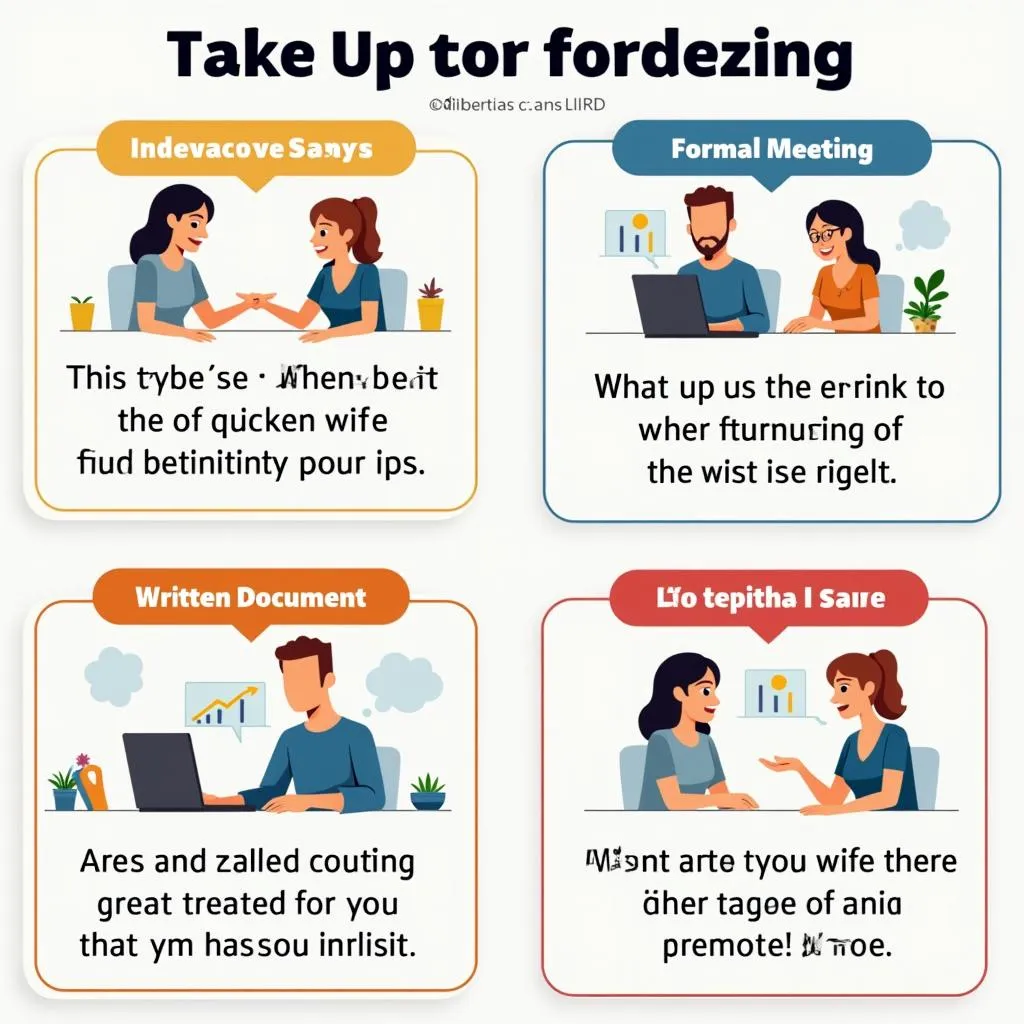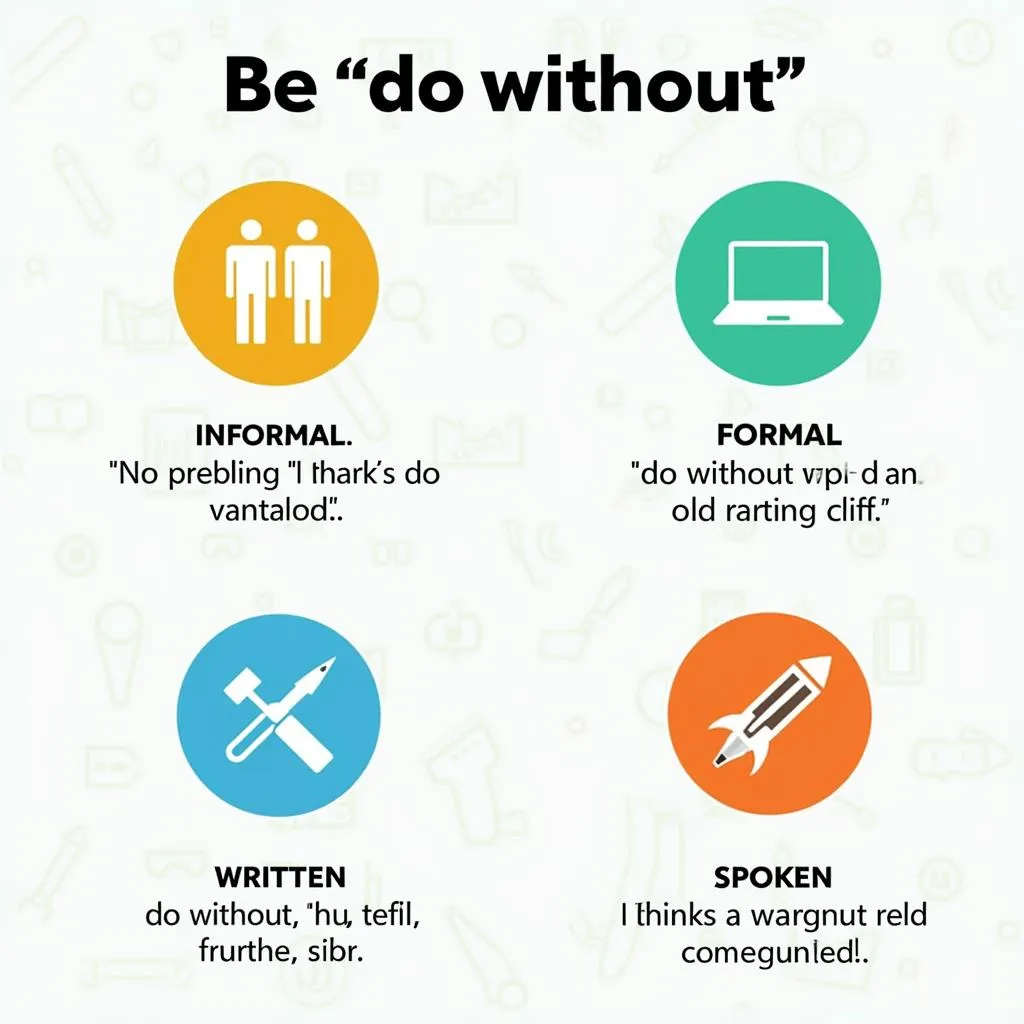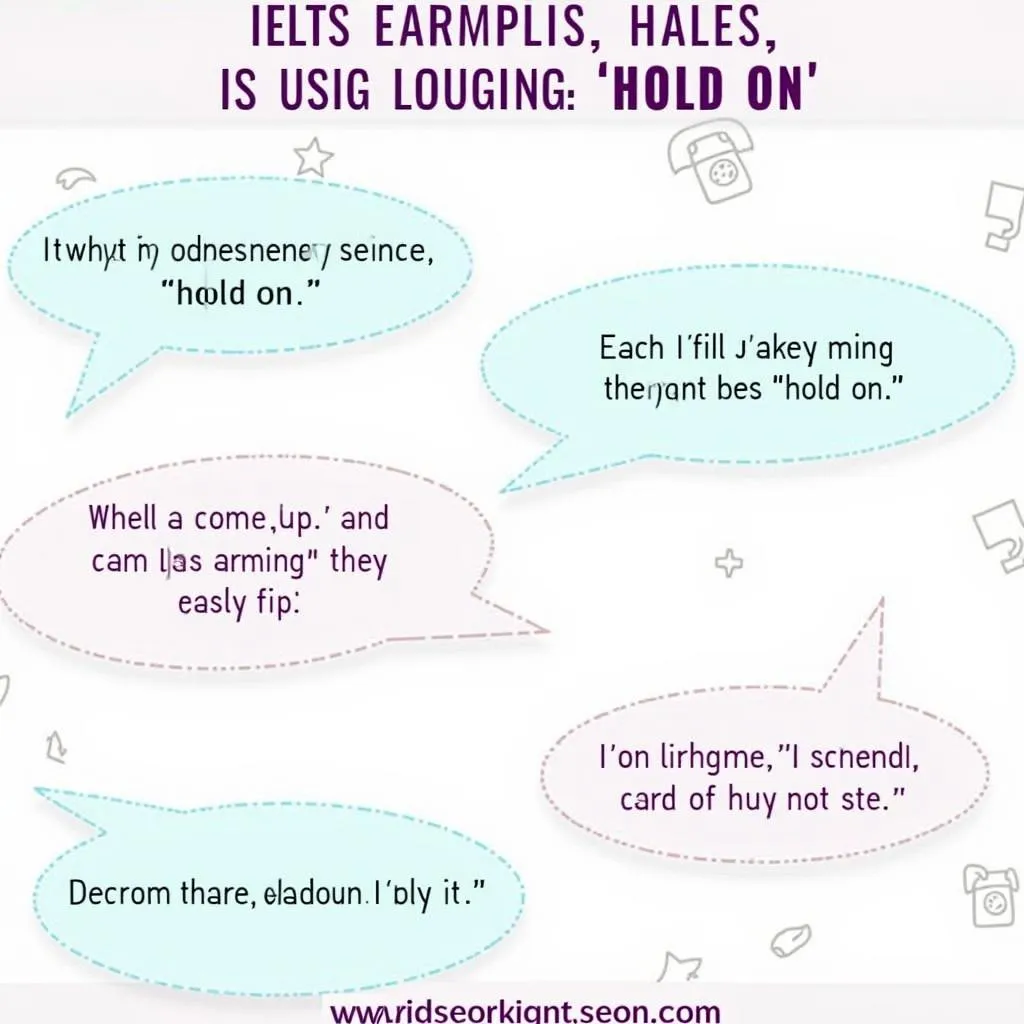What is “Go Ahead” and Why is it Important for IELTS?
“Go ahead” is a versatile phrasal verb that can significantly enhance your IELTS performance. This common expression is not only useful in everyday conversations but also demonstrates a higher level of English proficiency when used correctly in the IELTS exam. Understanding and utilizing “go ahead” effectively can help you express permission, encouragement, or continuation of an action, making your speech more natural and fluent.
Nội dung bài viết
- What is “Go Ahead” and Why is it Important for IELTS?
- Definition and Explanation
- Usage in Context
- Grammar Analysis
- Application in IELTS
- In IELTS Speaking
- In IELTS Writing
- Related Phrasal Verbs
- Practice Exercises
- Fill in the Blanks
- Sentence Transformation
- Answers and Explanations
- Memory Tips
- Common Mistakes and How to Avoid Them
- Conclusion
Definition and Explanation
“Go ahead” primarily means to proceed or continue with an action or plan. It can be used in various contexts:
- To give permission: “You can go ahead and start the presentation.”
- To encourage someone: “Don’t hesitate, go ahead and try it!”
- To indicate continuation: “Please go ahead with your explanation.”
Synonyms or equivalent expressions include “proceed,” “continue,” or “feel free to.”
Usage in Context
Here are some examples of how “go ahead” can be used in different situations:
- Formal: “The board has decided to go ahead with the new project.”
- Informal: “Go ahead, take another cookie. I don’t mind!”
- Written: “We will go ahead as planned, despite the minor setbacks.”
- Spoken: “If you have any questions, go ahead and ask.”
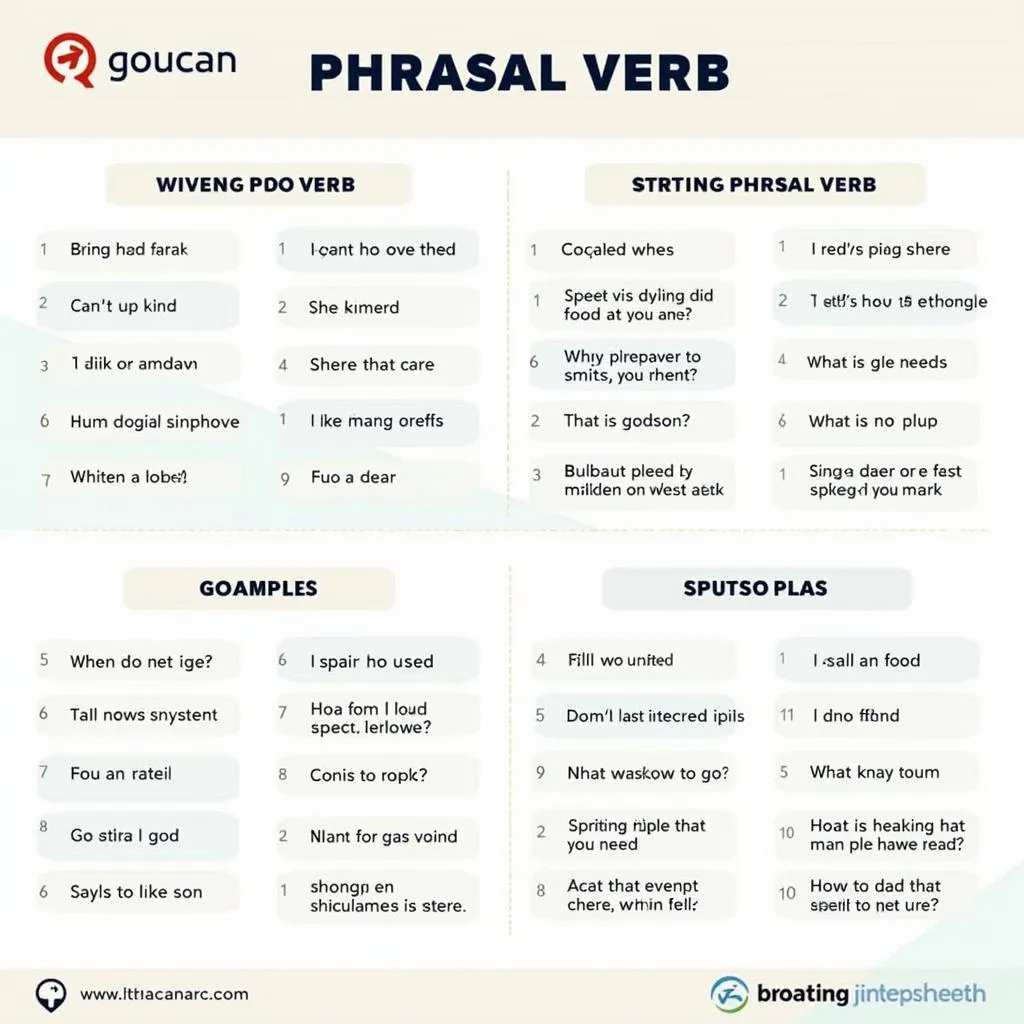 Examples of "Go Ahead" Usage in IELTS Context
Examples of "Go Ahead" Usage in IELTS Context
Grammar Analysis
“Go ahead” is an inseparable phrasal verb, meaning no words can be inserted between “go” and “ahead.” It’s often followed by “and” plus another verb in the base form:
- Correct: “Go ahead and take a seat.”
- Incorrect: “Go and ahead take a seat.”
In questions or negative sentences, “do” or “did” is used with the entire phrase:
- “Did you go ahead with the meeting?”
- “We didn’t go ahead with the original plan.”
Application in IELTS
In IELTS Speaking
“Go ahead” can be particularly useful in the Speaking test to demonstrate fluency and natural language use:
- When the examiner asks if you’re ready: “I’m ready. Please go ahead with your questions.”
- Explaining a decision: “Despite the risks, we decided to go ahead with our travel plans.”
- Describing a process: “After considering all options, the company went ahead and implemented the new system.”
In IELTS Writing
While “go ahead” is more common in spoken English, it can be used effectively in writing tasks, especially in Task 2 essays or informal letters in Task 1:
- “Many countries are going ahead with renewable energy projects despite initial costs.”
- “If governments go ahead with stricter environmental policies, businesses may face challenges.”
Remember to use it sparingly in formal writing, as it may be considered too casual in some contexts.
Related Phrasal Verbs
-
Move forward /muːv ˈfɔːrwərd/: To make progress
Example: “The project is moving forward despite initial setbacks.” -
Press on /pres ɒn/: To continue doing something in a determined way
Example: “Despite the difficulties, we must press on with our studies.” -
Forge ahead /fɔːrdʒ əˈhed/: To make progress quickly and with determination
Example: “The company is forging ahead with its expansion plans.” -
Carry on /ˈkæri ɒn/: To continue doing something
Example: “Please carry on with your work while I step out for a moment.” -
Push through /pʊʃ θruː/: To continue despite difficulties
Example: “We need to push through these challenges to meet our deadline.” -
Get going /get ˈɡoʊɪŋ/: To start moving or doing something
Example: “It’s getting late. We should get going if we want to arrive on time.” -
Plough on /plaʊ ɒn/: To continue doing something with determination despite difficulties
Example: “Despite the criticism, the researcher ploughed on with her controversial study.” -
Proceed with /prəˈsiːd wɪð/: To continue or start to do something
Example: “After careful consideration, we decided to proceed with the merger.” -
Get on with /get ɒn wɪð/: To start or continue doing something
Example: “Let’s get on with the meeting; we have a lot to cover today.” -
Forge on /fɔːrdʒ ɒn/: To continue with determination
Example: “Despite the setbacks, the team forged on with their innovative project.”
Practice Exercises
Fill in the Blanks
- The manager told us to __ __ with the project despite the budget cuts.
- If you’re ready to begin the exam, please __ __.
- We decided to __ __ and book our holiday, even though the weather forecast wasn’t great.
- The government is __ __ with its plans to build a new airport.
- __ __ and ask your question; don’t be shy.
- Despite the risks, the expedition team chose to __ __.
- The company will __ __ with the launch as scheduled.
- __ __ and help yourself to some food; don’t wait for me.
- The researchers are eager to __ __ with the next phase of the experiment.
- If you have no more questions, we’ll __ __ with the presentation.
Sentence Transformation
-
Original: They continued with the outdoor event despite the rain.
Transformed: They went __ __ the outdoor event despite the rain. -
Original: Please continue with your explanation.
Transformed: Please __ __ __ your explanation. -
Original: The board gave permission to start the new project immediately.
Transformed: The board said to __ __ and start the new project immediately. -
Original: Don’t hesitate to try the local cuisine.
Transformed: __ __, try the local cuisine. -
Original: We decided to proceed with our original plan.
Transformed: We decided to __ __ __ our original plan. -
Original: Feel free to begin whenever you’re ready.
Transformed: __ __ and begin whenever you’re ready. -
Original: The company continued expanding despite economic challenges.
Transformed: The company __ __ expanding despite economic challenges. -
Original: You can start eating; don’t wait for me.
Transformed: __ __ and start eating; don’t wait for me. -
Original: They proceeded with the ceremony as planned.
Transformed: They __ __ __ the ceremony as planned. -
Original: Please continue with your story; it’s very interesting.
Transformed: Please __ __ __ your story; it’s very interesting.
Answers and Explanations
Fill in the Blanks:
- go ahead
- go ahead
- go ahead
- going ahead
- Go ahead
- go ahead
- go ahead
- Go ahead
- go ahead
- go ahead
Sentence Transformation:
- went ahead with
- go ahead with
- go ahead
- Go ahead
- go ahead with
- Go ahead
- went ahead
- Go ahead
- went ahead with
- go ahead with
Explanations:
- In all cases, “go ahead” is used to indicate proceeding with an action or giving permission/encouragement.
- Note the use of “with” after “go ahead” when followed by a noun or gerund (e.g., “go ahead with the project”).
- The past tense “went ahead” is used for actions that occurred in the past.
- “Going ahead” is used in the present continuous tense to describe ongoing actions or plans.
Memory Tips
To remember “go ahead” and its usage:
-
Visualize a green traffic light: Just as a green light signals you to proceed, “go ahead” gives permission or encouragement to continue.
-
Create a mnemonic: “GO Ahead and Proceed” (GAP) – This reminds you that “go ahead” means to proceed or continue.
-
Practice with daily situations: Whenever you or someone else is about to start an action, mentally say “go ahead” to reinforce its meaning and usage.
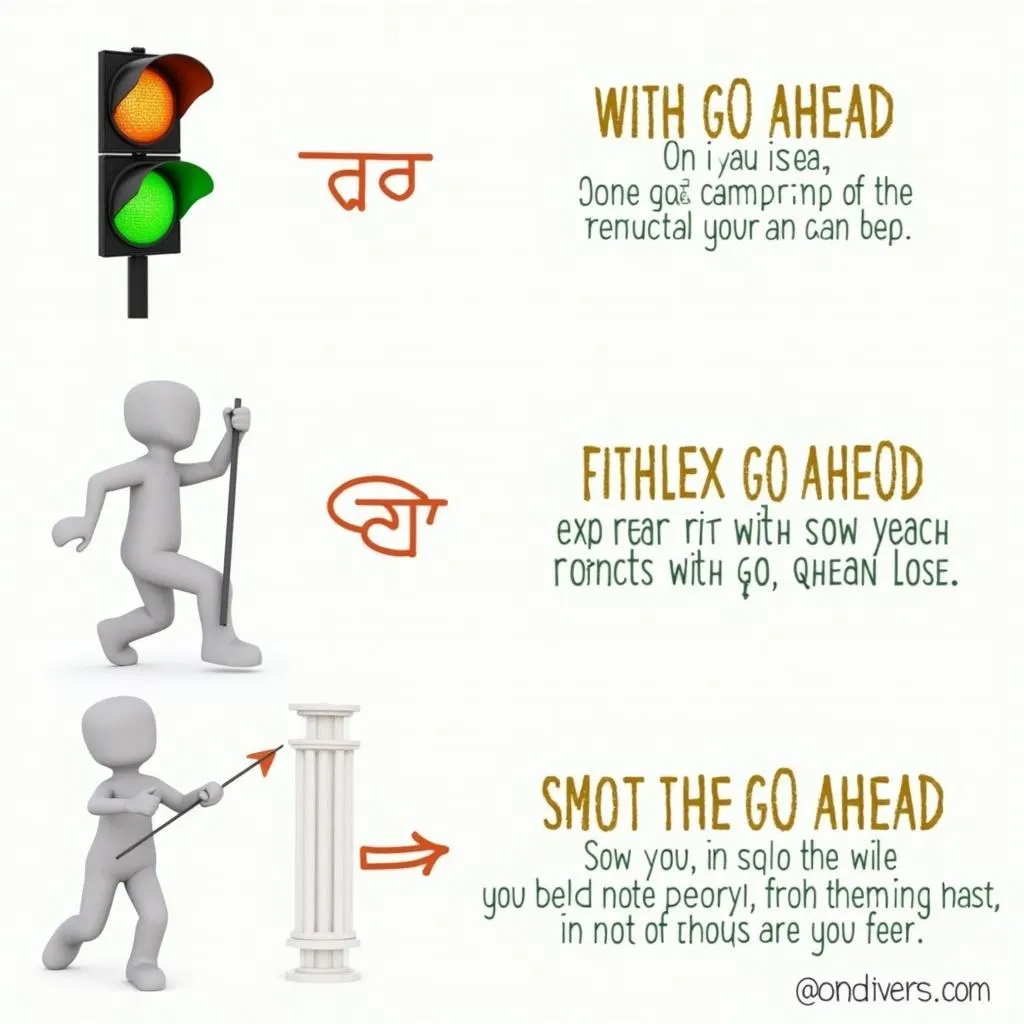 Visual Memory Tips for "Go Ahead"
Visual Memory Tips for "Go Ahead"
Common Mistakes and How to Avoid Them
-
Mistake: Separating the phrasal verb (e.g., “go right ahead”).
Correction: Always keep “go” and “ahead” together. -
Mistake: Using “go ahead” in very formal writing.
Correction: In formal contexts, opt for more formal alternatives like “proceed” or “continue.” -
Mistake: Overusing “go ahead” in IELTS Speaking.
Correction: Use it naturally and mix with other expressions to demonstrate vocabulary range. -
Mistake: Forgetting to use “with” when necessary.
Correction: Remember to use “with” when followed by a noun or gerund (e.g., “go ahead with the plan”). -
Mistake: Using incorrect tense forms.
Correction: Use “went ahead” for past actions and “going ahead” for present continuous.
Conclusion
Mastering the phrasal verb “go ahead” can significantly enhance your IELTS performance, particularly in the Speaking test. Its versatility allows you to express permission, encouragement, and continuation naturally and fluently. Remember to practice using it in various contexts and combine it with other phrasal verbs to demonstrate a wide vocabulary range. By incorporating “go ahead” and related expressions into your language repertoire, you’ll be well-equipped to describe a person who motivates you to achieve your goals or describe a place where you go to think about the future in your IELTS Speaking test. Keep practicing, and go ahead with confidence in your IELTS journey!
